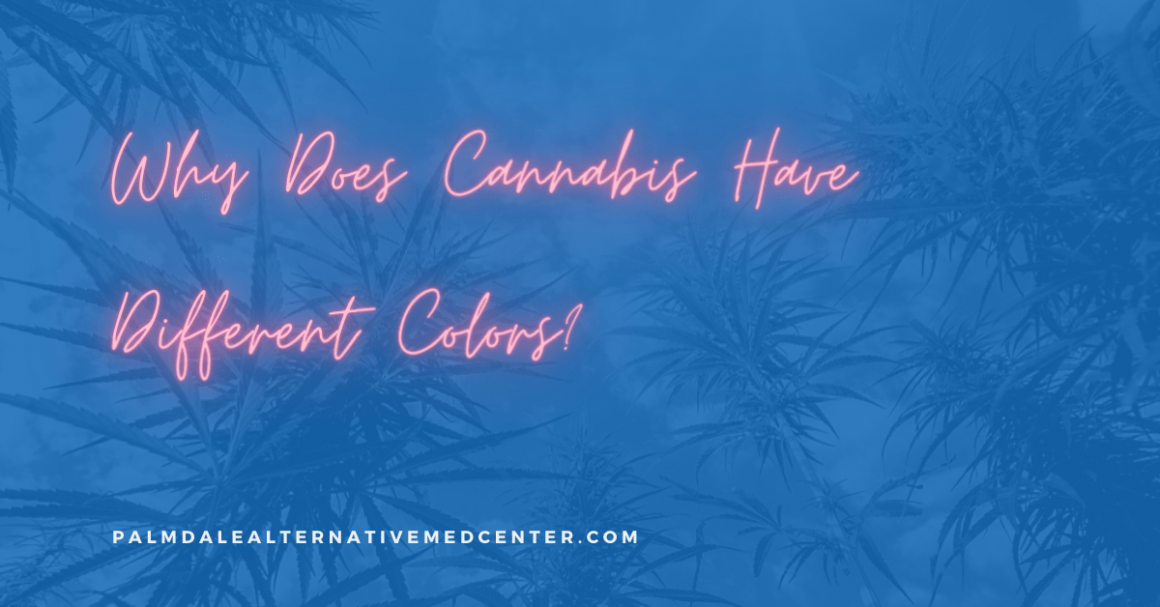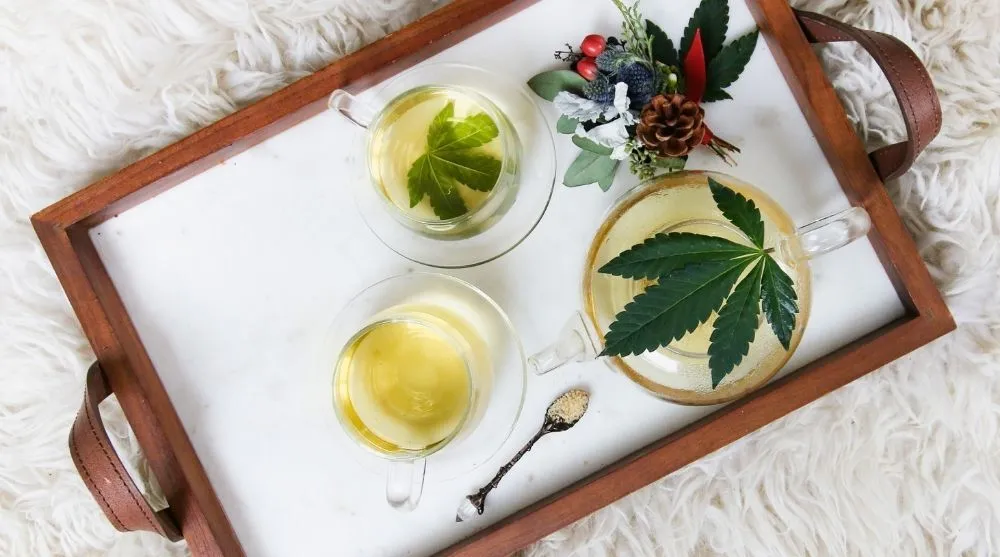Why Does Cannabis Have Different Colors?
Since the legalization of medical marijuana in several states, patients have been using a medical cannabis card to avail of high-quality products from state-licensed dispensaries. As of now, there are more than 3.7 million medical marijuana patients in the United States. Whether you admit it or not cannabis is acknowledged and recognized nationwide. With the pandemic forcing people to stay within the confines of the home, the role of cannabis has become more important than ever. More and more people are stocking up on cannabis and some major US states have seen a significant increase in sales in the past few months.
Despite the increase in sales and people binge buying cannabis, there’s a stigma that circles the marijuana industry. All thanks to the illegal status of cannabis on the federal level. The existing research organizations cannot study the cannabinoids in detail. However, there are a few studies that look into various aspects of the cannabis plant. For instance, terpenes are responsible for the taste and smell of the plant. Whereas, other components of the plant help provide color. Perhaps why people are drawn to the beautiful colors of the cannabis buds whilst standing in a medical marijuana dispensary.
We no longer think that cannabis has only one color – green. Since the evolution of the cannabis industry, it has engineered several cannabis flowers. From purple-colored to pink, blue, orange, and red. In the modern era, cannabis cultivators have noticed that both patients and recreational users are drawn to the various colors of the plant, but have you ever wondered what is the reason behind different colors of cannabis flowers? Read on to find out.
 Have you ever heard about the term phytochemicals? If no, you are just about to learn the secret behind what gives cannabis its color. Phytochemicals are components found in the cannabis plant and they are responsible for producing the color. Some people believe that cannabis flowers with various colors are more potent than the ones with no or very few hues. As a matter of fact, this is a myth. The potency of a strain is measured by looking at a variety of factors. Largely, by the way, a particular strain of marijuana plant is bred.
In reality, the flowers look quite attractive when they shelf the top counters of state-licensed dispensaries. But, don’t ever think that a color dictates the true strength or potency of a cannabis plant. That said, let us take a look at the other component that provides color to the cannabis plant. This key element is termed as the humble pistil. Every female plant contains millions of tiny hair that cover the flower and these hair catch the pollen while blooming out of the vegetative stage. They remain white at the onset but change color after the flowering stage. This is exactly where the role of pistils comes in. Pistils help change the color of the plant.
Although, you have to take note of one important thing. The color of the strain depends on the strain used for the purpose of breeding. They can help change the color to red, blue, or orange without having it altered before the harvest period. Now, let us take a look at the phytochemicals the cannabis plant produces.
Have you ever heard about the term phytochemicals? If no, you are just about to learn the secret behind what gives cannabis its color. Phytochemicals are components found in the cannabis plant and they are responsible for producing the color. Some people believe that cannabis flowers with various colors are more potent than the ones with no or very few hues. As a matter of fact, this is a myth. The potency of a strain is measured by looking at a variety of factors. Largely, by the way, a particular strain of marijuana plant is bred.
In reality, the flowers look quite attractive when they shelf the top counters of state-licensed dispensaries. But, don’t ever think that a color dictates the true strength or potency of a cannabis plant. That said, let us take a look at the other component that provides color to the cannabis plant. This key element is termed as the humble pistil. Every female plant contains millions of tiny hair that cover the flower and these hair catch the pollen while blooming out of the vegetative stage. They remain white at the onset but change color after the flowering stage. This is exactly where the role of pistils comes in. Pistils help change the color of the plant.
Although, you have to take note of one important thing. The color of the strain depends on the strain used for the purpose of breeding. They can help change the color to red, blue, or orange without having it altered before the harvest period. Now, let us take a look at the phytochemicals the cannabis plant produces.
The Story Behind Cannabis Colors
 Have you ever heard about the term phytochemicals? If no, you are just about to learn the secret behind what gives cannabis its color. Phytochemicals are components found in the cannabis plant and they are responsible for producing the color. Some people believe that cannabis flowers with various colors are more potent than the ones with no or very few hues. As a matter of fact, this is a myth. The potency of a strain is measured by looking at a variety of factors. Largely, by the way, a particular strain of marijuana plant is bred.
In reality, the flowers look quite attractive when they shelf the top counters of state-licensed dispensaries. But, don’t ever think that a color dictates the true strength or potency of a cannabis plant. That said, let us take a look at the other component that provides color to the cannabis plant. This key element is termed as the humble pistil. Every female plant contains millions of tiny hair that cover the flower and these hair catch the pollen while blooming out of the vegetative stage. They remain white at the onset but change color after the flowering stage. This is exactly where the role of pistils comes in. Pistils help change the color of the plant.
Although, you have to take note of one important thing. The color of the strain depends on the strain used for the purpose of breeding. They can help change the color to red, blue, or orange without having it altered before the harvest period. Now, let us take a look at the phytochemicals the cannabis plant produces.
Have you ever heard about the term phytochemicals? If no, you are just about to learn the secret behind what gives cannabis its color. Phytochemicals are components found in the cannabis plant and they are responsible for producing the color. Some people believe that cannabis flowers with various colors are more potent than the ones with no or very few hues. As a matter of fact, this is a myth. The potency of a strain is measured by looking at a variety of factors. Largely, by the way, a particular strain of marijuana plant is bred.
In reality, the flowers look quite attractive when they shelf the top counters of state-licensed dispensaries. But, don’t ever think that a color dictates the true strength or potency of a cannabis plant. That said, let us take a look at the other component that provides color to the cannabis plant. This key element is termed as the humble pistil. Every female plant contains millions of tiny hair that cover the flower and these hair catch the pollen while blooming out of the vegetative stage. They remain white at the onset but change color after the flowering stage. This is exactly where the role of pistils comes in. Pistils help change the color of the plant.
Although, you have to take note of one important thing. The color of the strain depends on the strain used for the purpose of breeding. They can help change the color to red, blue, or orange without having it altered before the harvest period. Now, let us take a look at the phytochemicals the cannabis plant produces.



